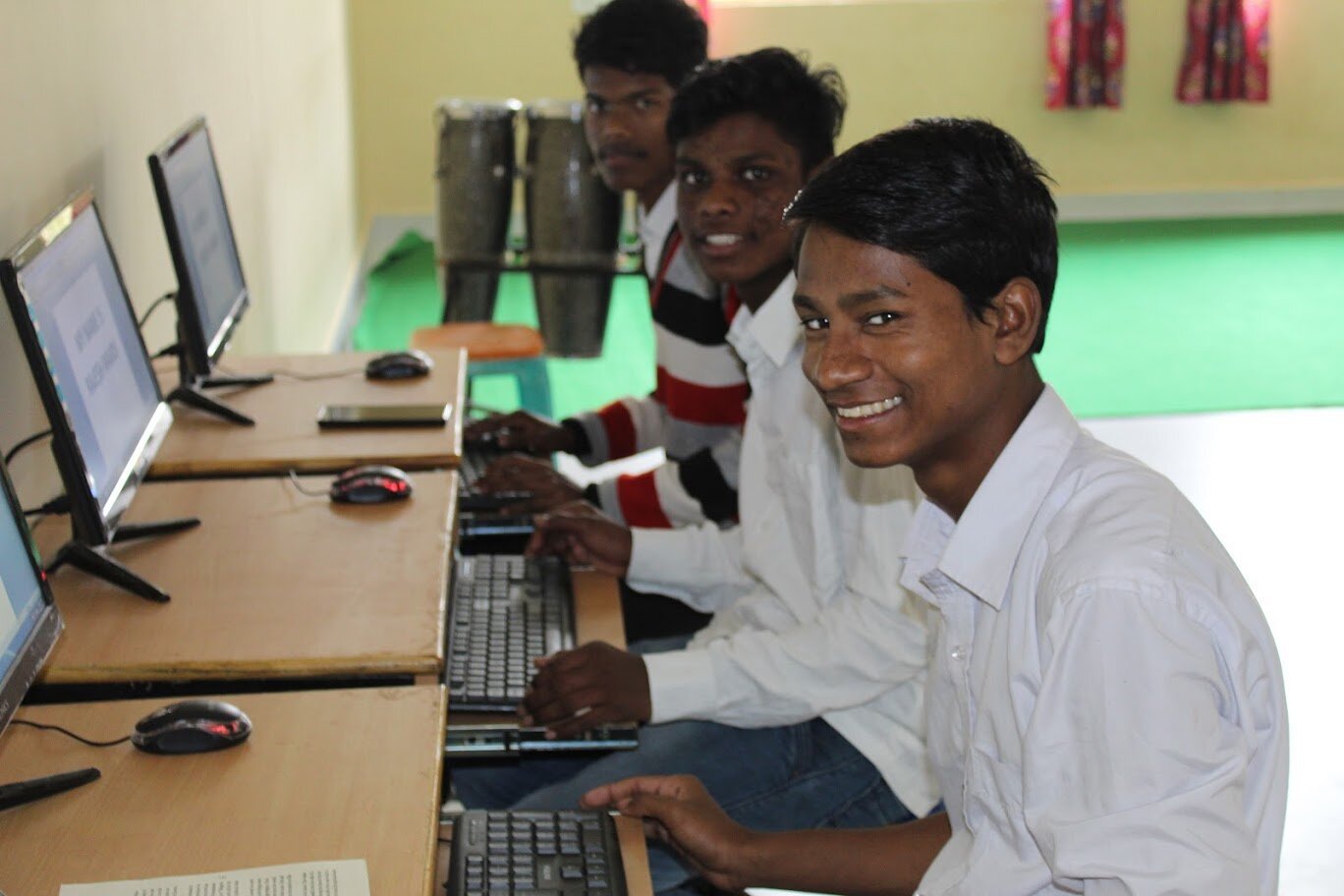
What We Do
Equipping and Empowering indigenous leadership to bring healing, hope, and transformation.
LEADERSHIP DEVELOPMENT
WE EQUIP YOUTH TO BE TRANSFORMATIONAL LEADERS IN THEIR COMMUNITIES. AT THE LEADERSHIP INSTITUTE, THEY RECEIVE QUALITY EDUCATION, TECHNICAL SKILLS, AND TRAINING IN DEVELOPING COMMUNICATIVE AND SOCIAL SKILLS WITH EMPATHY TO BECOME AN AGENT OF HOPE IN THEIR COMMUNITIES.
Karan had never attended school but has shown excellent learning aptitude since attending the Leadership Institute. He is steadily improving his reading and writing skills and has been working diligently to learn English. Along with the Leadership Institute’s ongoing training, he enrolled in a local high school where he excelled. During a walk, one of our leaders asked Karan what he wanted to do after being trained. Without hesitation, he said, “I want to influence my region. There is so much despair and hopelessness in my region. I will be the first youth in my community to have access to education and life skills. I am thankful for the opportunity to make a difference.”
COMMUNITY ENGAGEMENT
WITH THE SKILLSET TO TRANSFORM COMMUNITIES, THE EQUIPPED LEADERS INITIATE EMPOWERMENT PROGRAMS TO USHER IN THE TRANSFORMATION.
General Education
Children from rural communities have little access to education and are often discriminated against in school. As a result, literacy rates are low, and poverty rates are high in rural villages. That is where Ray of Hope comes in. Our staff provides classes in history, Hindi language, math, science, and even English, ensuring that rural children have the opportunity to learn and grow.
Lower-caste kids like Praveen have little access to education and are often discriminated against in school. As a result, literacy rates are low, and poverty rates are high in his village. That’s where Ray of Hope comes in. Our staff provides classes in history, Hindi language, math, science, and even English, ensuring that rural children have the opportunity to learn and grow. Praveen can now recite the alphabet in English and spell a word for each letter. And he can’t stop smiling!
LITERACY PROGRAM
UNESCO has defined a literate person as “one who can with understanding both read and write a short, simple statement on his everyday life.” Following UNESCO, the Census Commission in India in 1991 also defined literate persons as one who can read and write with understanding in any Indian language and not merely read and write. Since then, India’s literacy rate has grown to 74% in the 2011 census, from 12% at the end of British rule in 1947. But if we try to analyze the gender gap in this context, it is 82.14% for males and 65.46% for females. This highlights a significant gender gap in India in the context of the average literacy rate, which is 84% in world literacy parameters.
About one-fifth of the total illiterate people are found in the Hindi belt- Bihar, Madhya Pradesh, Rajasthan, and Uttar Pradesh. One of the biggest reasons for this is the lack of teachers at the primary and secondary levels. Over one-third of rural India is still illiterate.
Our equipped leaders organize evening literacy classes in their respective communities to help promote and strengthen adult education, particularly women, by recognizing the need for basic learning and stimulating learners to participate in activities in their daily lives where language skills are required. We have a group of volunteer educators that oversee this effort.





